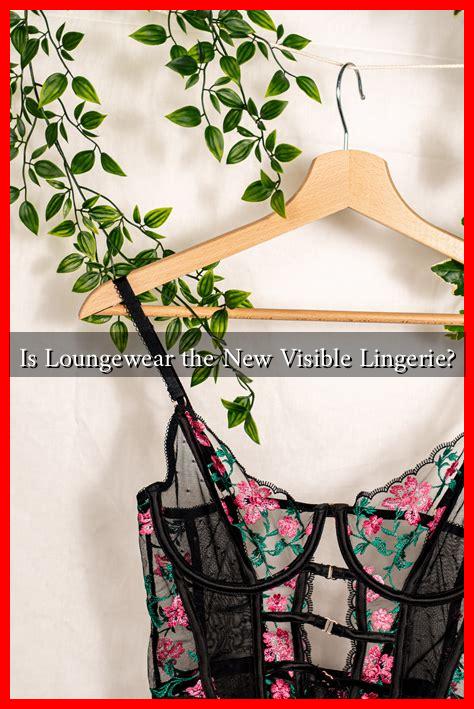-
Table of Contents
Is Loungewear the New Visible Lingerie?
In recent years, the fashion landscape has undergone a significant transformation, with loungewear emerging as a dominant trend. As we navigate through a world increasingly focused on comfort, the question arises: is loungewear the new visible lingerie? This article explores the evolution of loungewear, its cultural implications, and how it compares to the once-popular trend of visible lingerie.
The Rise of Loungewear
Loungewear, characterized by its comfortable yet stylish designs, has gained immense popularity, especially during the COVID-19 pandemic. With more people working from home and prioritizing comfort, loungewear has transitioned from mere home attire to a fashion statement. Brands like Nasty Gal and ASOS have capitalized on this trend, offering a wide range of chic loungewear options that blur the lines between casual and formal wear.
Cultural Shifts and Comfort
The cultural shift towards comfort can be attributed to several factors:
- Work-from-Home Culture: The pandemic has normalized working in comfortable clothing, leading to a demand for stylish yet cozy options.
- Influence of Social Media: Platforms like Instagram and TikTok have popularized loungewear, with influencers showcasing how to style these pieces for various occasions.
- Changing Attitudes Towards Fashion: Consumers are increasingly valuing comfort over traditional notions of style, leading to a rise in athleisure and loungewear.
Visible Lingerie: A Brief Overview
Visible lingerie, a trend that gained traction in the early 2010s, involved showcasing undergarments as part of an outfit. This trend was characterized by:
- Sheer Fabrics: Clothing made from transparent materials that revealed undergarments.
- Layering: Wearing bras or bodysuits as tops, often paired with high-waisted pants or skirts.
- Fashion Statements: Designers like Alexander Wang and Rihanna embraced this trend, making it a staple on runways and red carpets.
However, as fashion evolves, the visibility of lingerie has waned, making way for the more versatile and comfortable loungewear trend.
Loungewear vs. Visible Lingerie: A Comparative Analysis
While both loungewear and visible lingerie serve as expressions of personal style, they cater to different needs and aesthetics:
- Comfort: Loungewear prioritizes comfort, making it suitable for both home and social settings, while visible lingerie often sacrifices comfort for style.
- Versatility: Loungewear can be dressed up or down, whereas visible lingerie is typically limited to specific occasions.
- Body Positivity: Loungewear promotes body positivity by offering inclusive sizing and styles that flatter various body types, while visible lingerie can sometimes perpetuate unrealistic beauty standards.
Case Studies: Brands Leading the Loungewear Revolution
Several brands have successfully embraced the loungewear trend, showcasing its potential as a fashion staple:
- Skims: Founded by Kim Kardashian, Skims offers a range of loungewear that emphasizes comfort and inclusivity, appealing to a diverse audience.
- Everlane: Known for its commitment to sustainability, Everlane’s loungewear line combines style with ethical production practices.
- Free People: This brand has successfully integrated loungewear into its offerings, appealing to a bohemian aesthetic while maintaining comfort.
Conclusion: The Future of Fashion
As we move forward, it is clear that loungewear is not just a passing trend but a significant shift in how we approach fashion. While visible lingerie once dominated the scene, loungewear has taken its place by prioritizing comfort, versatility, and inclusivity. The rise of loungewear reflects broader cultural changes, emphasizing the importance of feeling good in what we wear. As consumers continue to seek comfort without sacrificing style, loungewear is poised to remain a staple in our wardrobes for years to come.
In summary, loungewear may very well be the new visible lingerie, but it does so in a way that celebrates comfort and personal expression, marking a new era in fashion that prioritizes the wearer’s experience above all.


